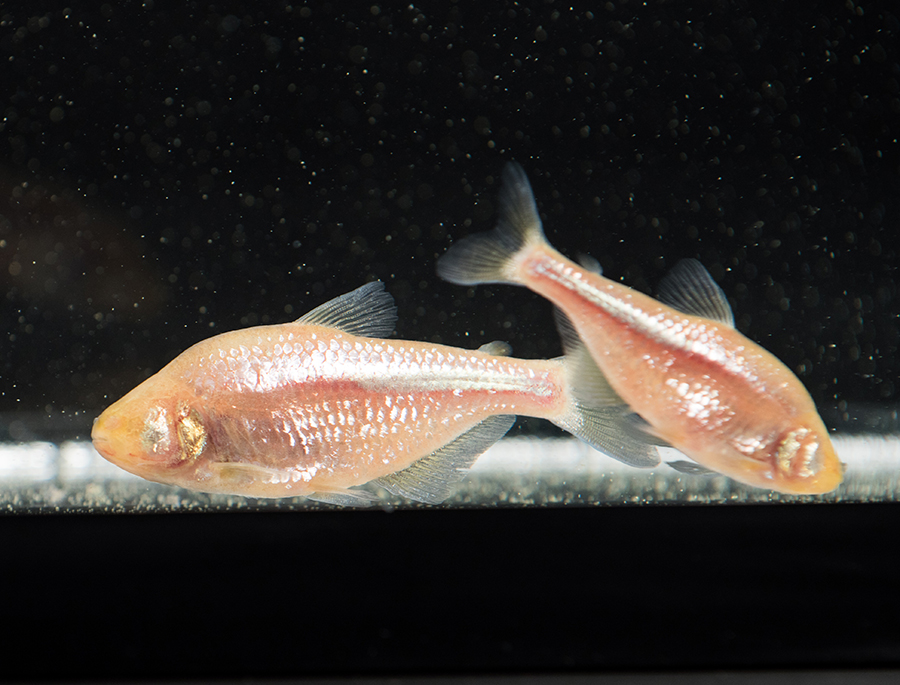Research
How do genotypes, the environment, and developmental processes lead to phenotypes? Understanding the connections between genotypes and phenotypes, and how it relates to the environment, is one of the biggest scientific challenges in organismal biology. My laboratory is interested in genotype to phenotype relationships underlying metabolic and physiological adaptations to nutrient-limited environments. The genetic basis of physiological adaptation is a largely understudied facet of modern evolutionary genetics. This is surprising, given that adaptation to periods of food deprivation is a common trait in many animal species. For example, arctic ground squirrels increase their fat mass 7-8-fold before entering hibernation or migrating birds can store large amounts of fat in the liver in order to fuel their journeys, all without apparent effects on metabolic health. A deeper understanding of these adaptive processes will yield a more complete understanding of extreme metabolic phenotypes and the mechanisms underlying resilience (e.g., why does a fatty liver in birds not impair metabolism or cause inflammation?). Non-model species that have naturally adapted to extreme environments can help us tackle these key questions. While there has been increasing interest in the study of emerging model organisms due to the availability of affordable next generation sequencing, mechanistic insights are often lacking. Hence, there is an urgent need for a deep mechanistic understanding of these mechanisms on the genetic, tissue and cellular level.
The cavefish system, Astyanax mexicanus, provides a unique vertebrate system to study this in both an experimentally and genetically tractable manner. This species exists in two distinct forms: a classical river-dwelling fish and a blind, depigmented cave form. While the surface fish live in a rich ecological environment and have a relatively typical fish physiology, several cave populations have independently adapted to survive in conditions of extreme starvation through much of the year. This allows us to study repeated evolution and determine whether the same genes and genetic pathways versus different pathways are utilized to achieve the phenotypes. Importantly, the fish of the different caves and the surface fish are of the same or very closely related species. This is critical for two main reasons: 1) The populations remain interfertile, allowing genetic analysis of the cave-specific and surface-specific traits. 2) Comparative genomic, transcriptomic or metabolomic studies can be more reliably interpreted (e.g. RNA-seq comparisons between different species are often problematic due to species-specific effects). Leveraging this unique research system, we have shown that cavefish have evolved a dramatically altered metabolism and physiology, including massive capacity for fat storage and glucose homeostasis dysregulation without obvious negative consequences on metabolic function and inflammation.
Key Publications
Check out some of our latest key publications (do not hesitate to email me, if you do not have access to them: nro at stowers.org).

Developing a new model organism
Another main focus of the lab is tool development. To further exploit this unique research organism, several labs, including my own, have devoted considerable effort to expanding the genetic tool set. There are now high-resolution genomes, transcriptome databases, standardized breeding and in-vitro fertilization protocols, transgenic lines, brain atlases, methods for altering gene expression, gene editing and stable cell lines. Using these tools, we will be able to further elucidate the genetic basis and molecular mechanisms associated with adaptive changes in animal physiology and use this knowledge to understand fundamental biology underlying health and disease.
Here are a few of the key papers from our lab contributing to developing Astyanax mexicanus as a new model organism:
